The
Southern Highlands
(Iringa, Mbeya, Njombe, Songwe) of Tanzania
This cool, green region is ideal for travelers looking for a mix of nature and solitude.
Ruaha National Park offers vast wilderness with elephants, big cats, and birds in abundance, while the Udzungwa Mountains are a hotspot for hiking and endemic species. Scenic drives, waterfalls, and tea plantations define the landscape.
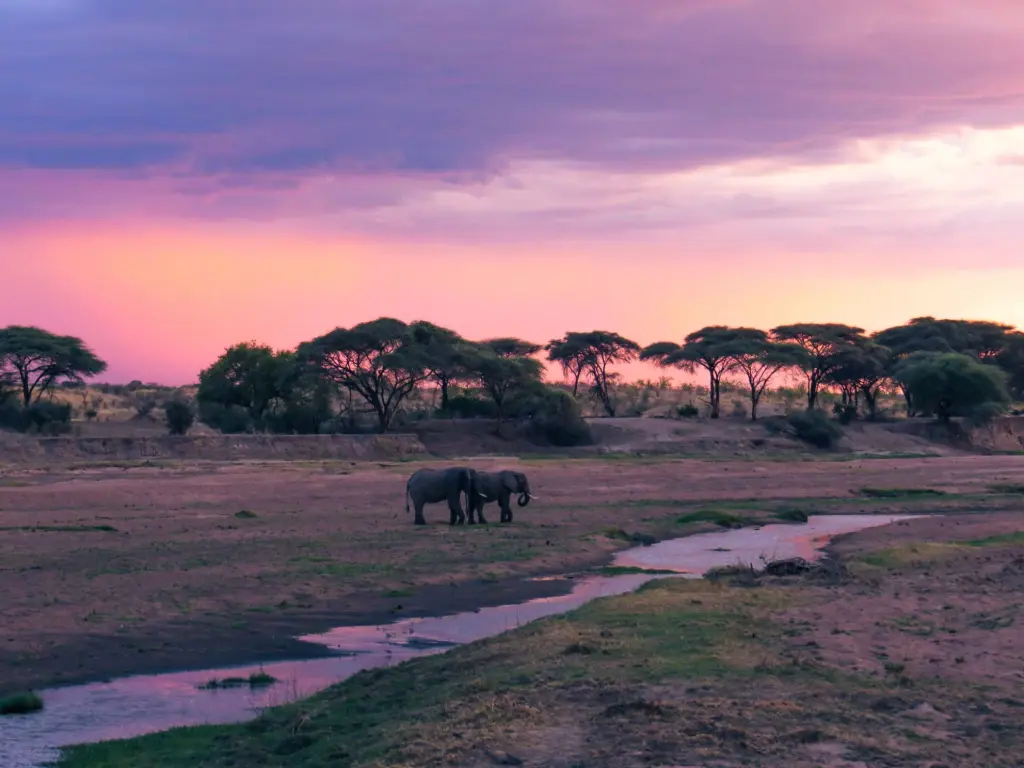
Ruaha National Park
Located in south-central Tanzania, Ruaha is the country’s largest national park and one of its most remote and raw safari destinations. Known for its rugged terrain, vast savannahs, and dramatic baobab-studded landscapes, the park is home to large populations of elephants, lions, leopards, and African wild dogs. Birdlife is also prolific, with over 570 species recorded.
Visitors can expect off-the-beaten-path game drives with fewer crowds, making wildlife encounters feel more intimate and authentic. The Great Ruaha River, which cuts through the park, draws a wide variety of animals, especially during the dry season.
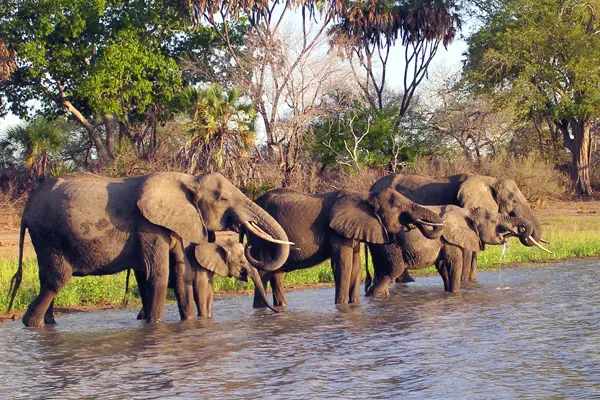
Selous Game Reserve (Nyerere N.P.)
Nyerere National Park, formerly Selous Game Reserve, is a vast 50,000 km² UNESCO World Heritage Site in southern Tanzania, renowned for its untouched wilderness and diverse ecosystems along the Rufiji River.
Guests can expect abundant wildlife, including elephants, lions, rare African wild dogs, and over 440 bird species, best seen during the dry season (June–October). Unique activities include game drives, boat safaris, and guided walking tours, offering an intimate, crowd-free safari experience. The park’s remote location ensures an authentic adventure, with luxury lodges and tented camps providing comfort amidst stunning landscapes.
Visitors should prepare for potential wet-season challenges and support conservation-focused operators to protect this pristine reserve.
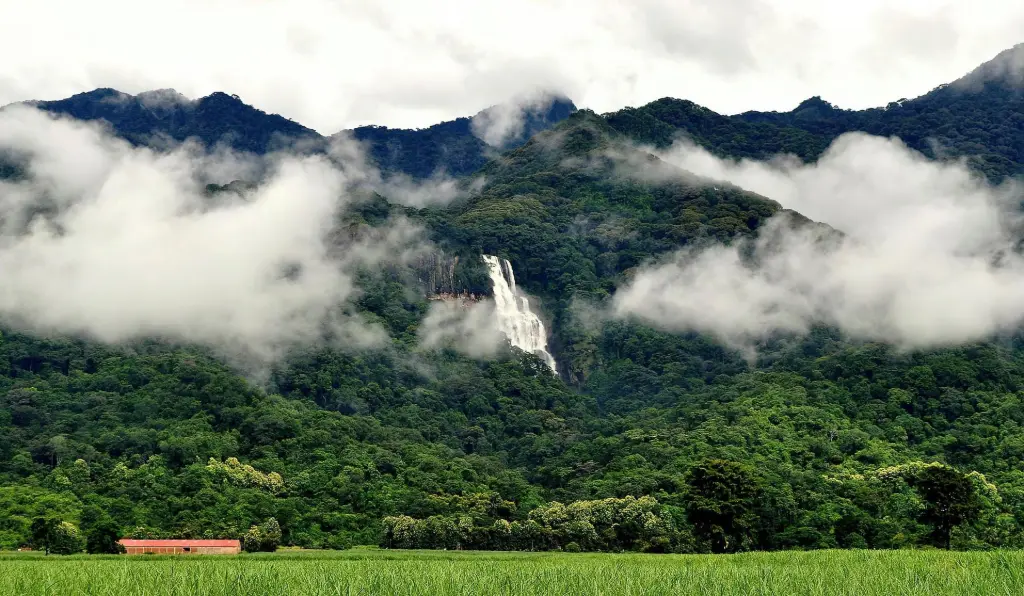
Udzungwa Mountains National Park
Often referred to as the "African Galápagos," the Udzungwa Mountains host an extraordinary level of biodiversity, including several species found nowhere else on Earth. Located in the Eastern Arc Mountains, the park offers lush rainforest trails, waterfalls, and a rich variety of plant and animal life. The popular Sanje Waterfall trail rewards hikers with panoramic views and a chance to swim at the base of the falls.
Visitors can also spot endemic monkeys, butterflies, and unique birds. This park is ideal for hikers and nature lovers looking for an immersive forest experience.
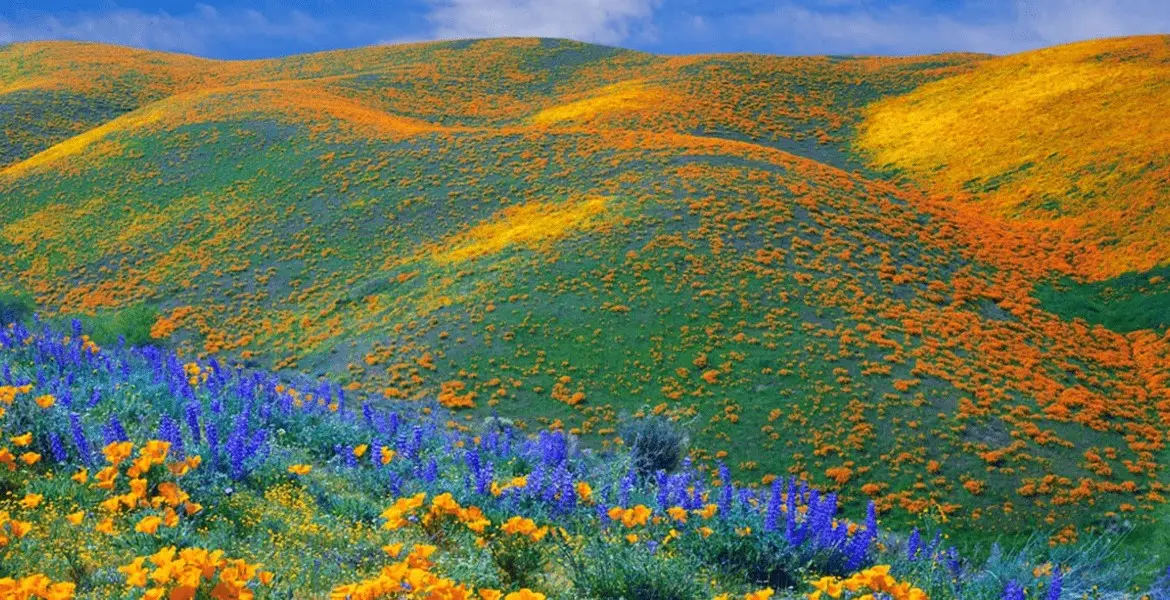
Kitulo National Park
Nicknamed the "Serengeti of Flowers," Kitulo is a botanist’s paradise located on the Kitulo Plateau in southern Tanzania. The park bursts into a vibrant sea of color during the rainy season (November to April) with over 350 species of vascular plants, including rare orchids and alpine flowers. While it’s not a traditional safari destination, Kitulo is perfect for scenic hiking, wildflower photography, and serene picnics in the highland meadows.
Visitors should expect cool temperatures, open skies, and a peaceful escape into one of East Africa’s most unique floral ecosystems.
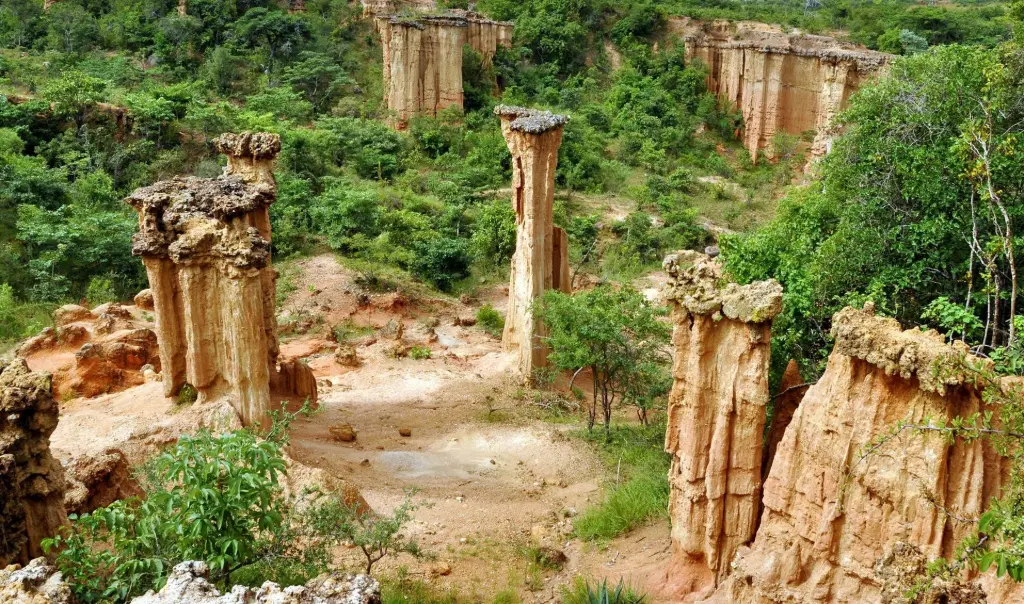
Isimila Stone Age Site
Just outside Iringa town, the Isimila Stone Age Site offers a fascinating look into prehistoric human life. The site is famous for its well-preserved stone tools, fossils, and impressive sandstone pillars carved by erosion.
Visitors can tour the small museum and then follow a guided walk through the dramatic canyon landscape where ancient tools were discovered. It's an educational stop that offers insight into early human innovation and survival. Ideal for history buffs and cultural travelers, Isimila connects the distant past with the present in a visually striking setting.
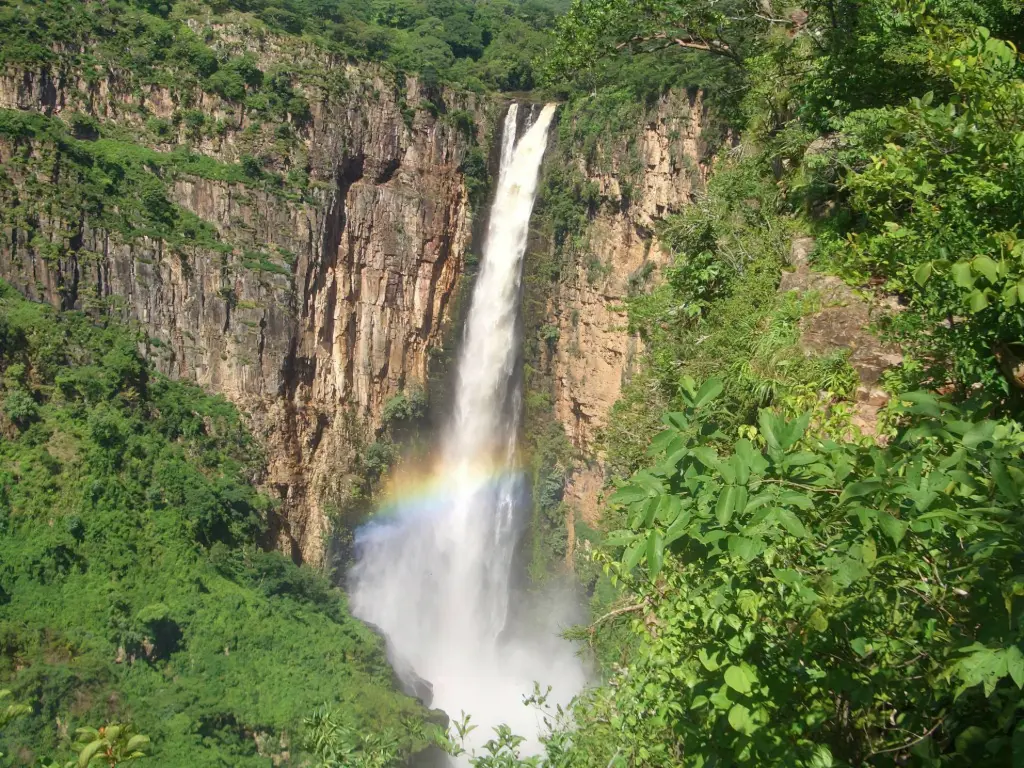
Kalambo Falls
Straddling the border between Tanzania and Zambia near Lake Tanganyika, Kalambo Falls is one of Africa’s tallest uninterrupted waterfalls, plunging 235 meters (772 feet) into the Kalambo Gorge. The surrounding area is not only scenic but also archaeologically important, with evidence of human activity dating back over 250,000 years. The falls can be reached by a challenging hike, making it a rewarding destination for adventurers.
Visitors can expect stunning views, cooler mountain air, and a sense of standing on the edge of a geological and historical wonder.
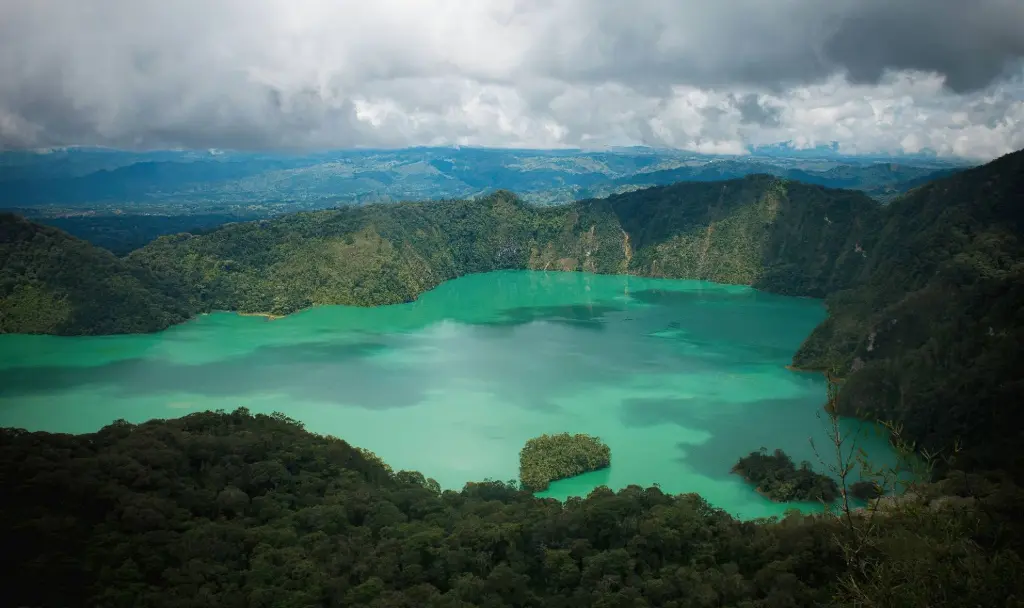
Ngozi Crater Lake
Located in the Mbeya Highlands, Ngozi is the second-largest crater lake in Africa, nestled inside an extinct volcano. Surrounded by dense montane forest, the lake sits at over 2,000 meters above sea level and offers a cool, misty climate. Hiking to the crater rim is moderately challenging but rewarded with breathtaking views of the deep emerald-green lake below. The forest is rich in birdlife, and local legends add a layer of mystique to the destination.
Visitors can enjoy a blend of hiking, nature, and local folklore in a serene setting.
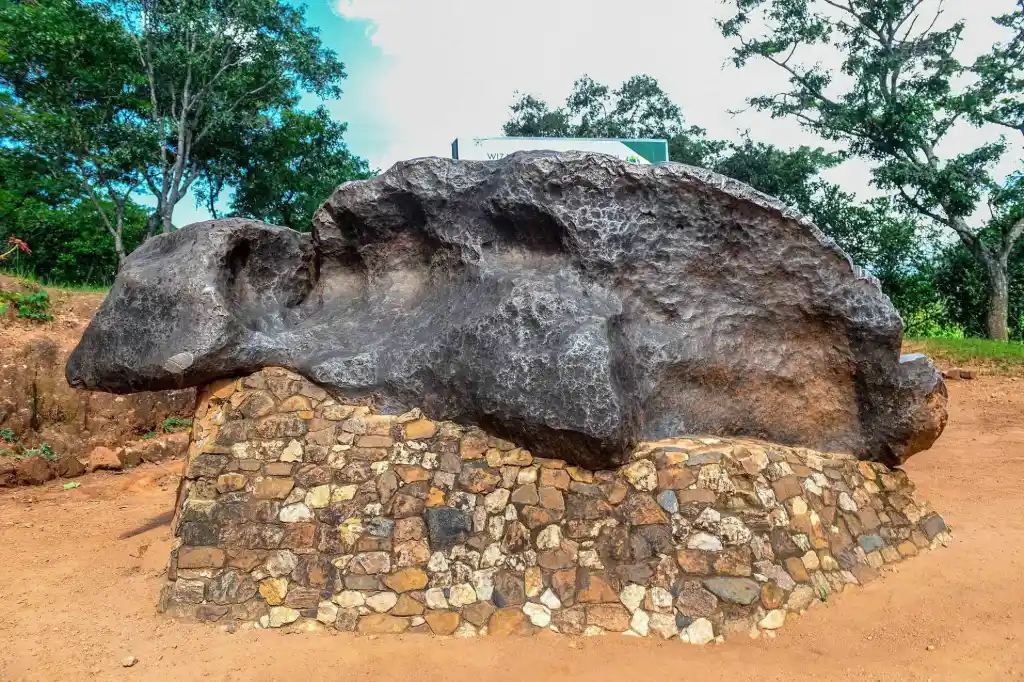
Mbozi Meteorite
The Mbozi Meteorite, located near the town of Mbeya, is one of the largest meteorites in the world, weighing an estimated 16 tons. Unlike most iron meteorites, it was discovered resting on the surface, not buried underground. The site is simple but intriguing, with the massive metallic rock displayed on a stone pedestal and interpretive signage nearby.
Visitors can expect a quiet but thought-provoking stop where science, mystery, and natural history intersect. It's particularly interesting for astronomy enthusiasts and curious travelers.
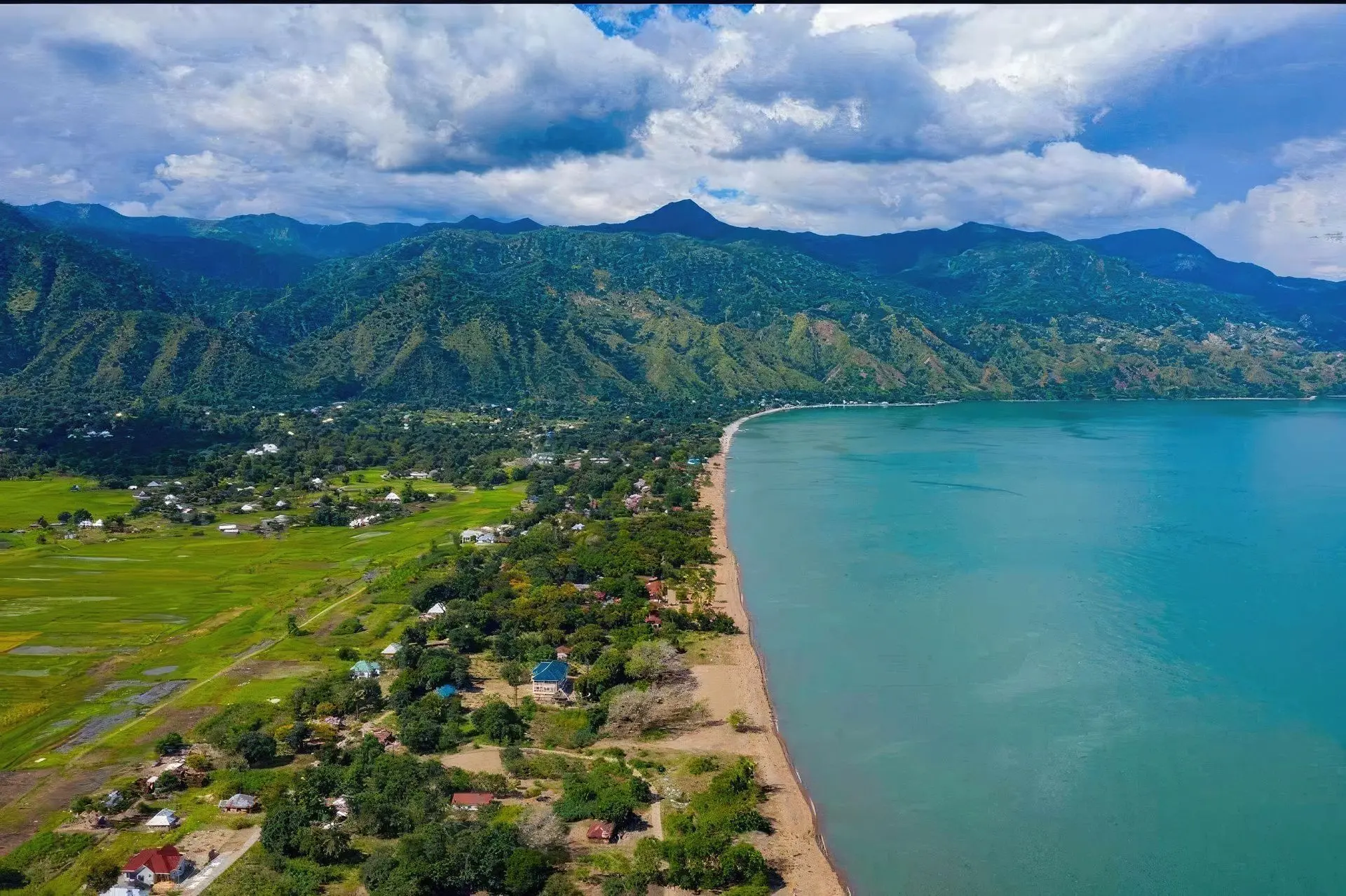
Matema Beach (Lake Nyasa)
Matema Beach lies on the northern shore of Lake Nyasa (Lake Malawi) and is one of the most beautiful freshwater beach destinations in Tanzania. With its fine sand, palm trees, and clear waters backed by the Livingstone Mountains, Matema offers a tropical vibe far from the coast.
Visitors can swim, canoe, or take boat rides to nearby fishing villages. The area is also known for its hand-painted fabrics and friendly local communities. It’s a peaceful retreat ideal for relaxation and cultural immersion.
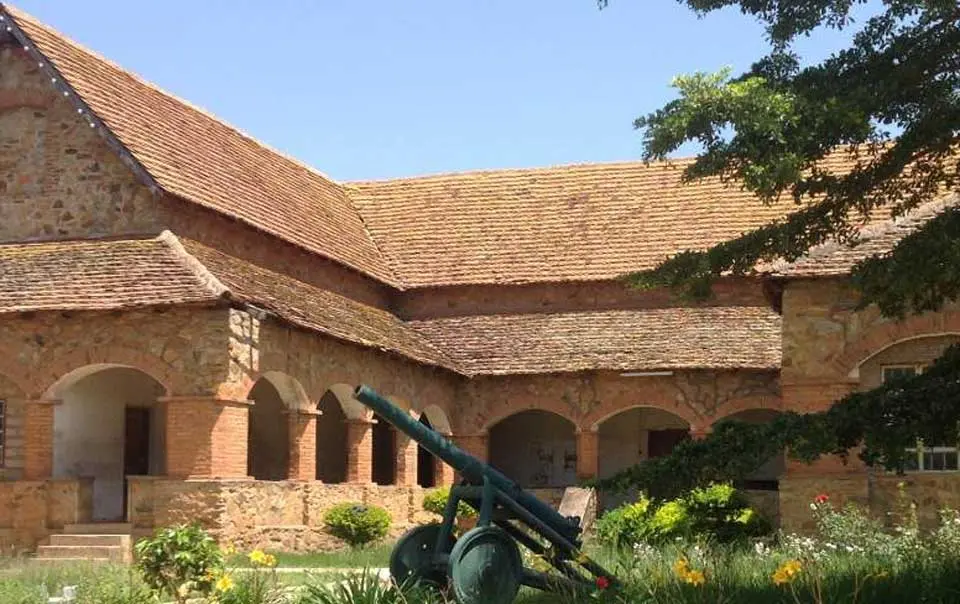
Iringa Boma Museum
Housed in a colonial-era German administrative building, the Iringa Boma Museum presents the rich cultural and historical heritage of the Southern Highlands. Exhibits cover local ethnic groups, traditional crafts, regional history, and colonial-era conflicts like the Maji Maji Rebellion. The museum is well-curated and often serves as a hub for community events and cultural education.
Visitors can expect a thoughtful and informative experience that adds context to their travels through the region. The museum’s location also offers panoramic views over Iringa town.
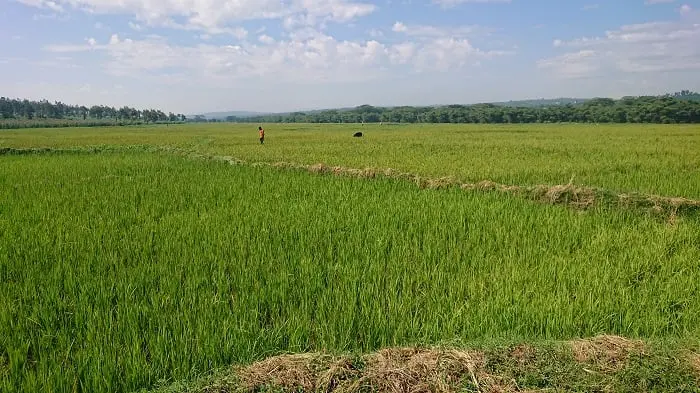
Kyela Rice Fields
Situated near the Tanzanian-Malawian border in the fertile Kyela District, these lush rice fields are among the most productive in the country.
Visitors driving through the region will see endless carpets of vibrant green paddies interspersed with banana plantations and local farming communities. The landscape is particularly striking during planting and harvesting seasons. While not a traditional tourist attraction, it offers a glimpse into the agricultural life of southern Tanzania. It’s a great addition to a road trip itinerary for those interested in rural culture and scenic photography.